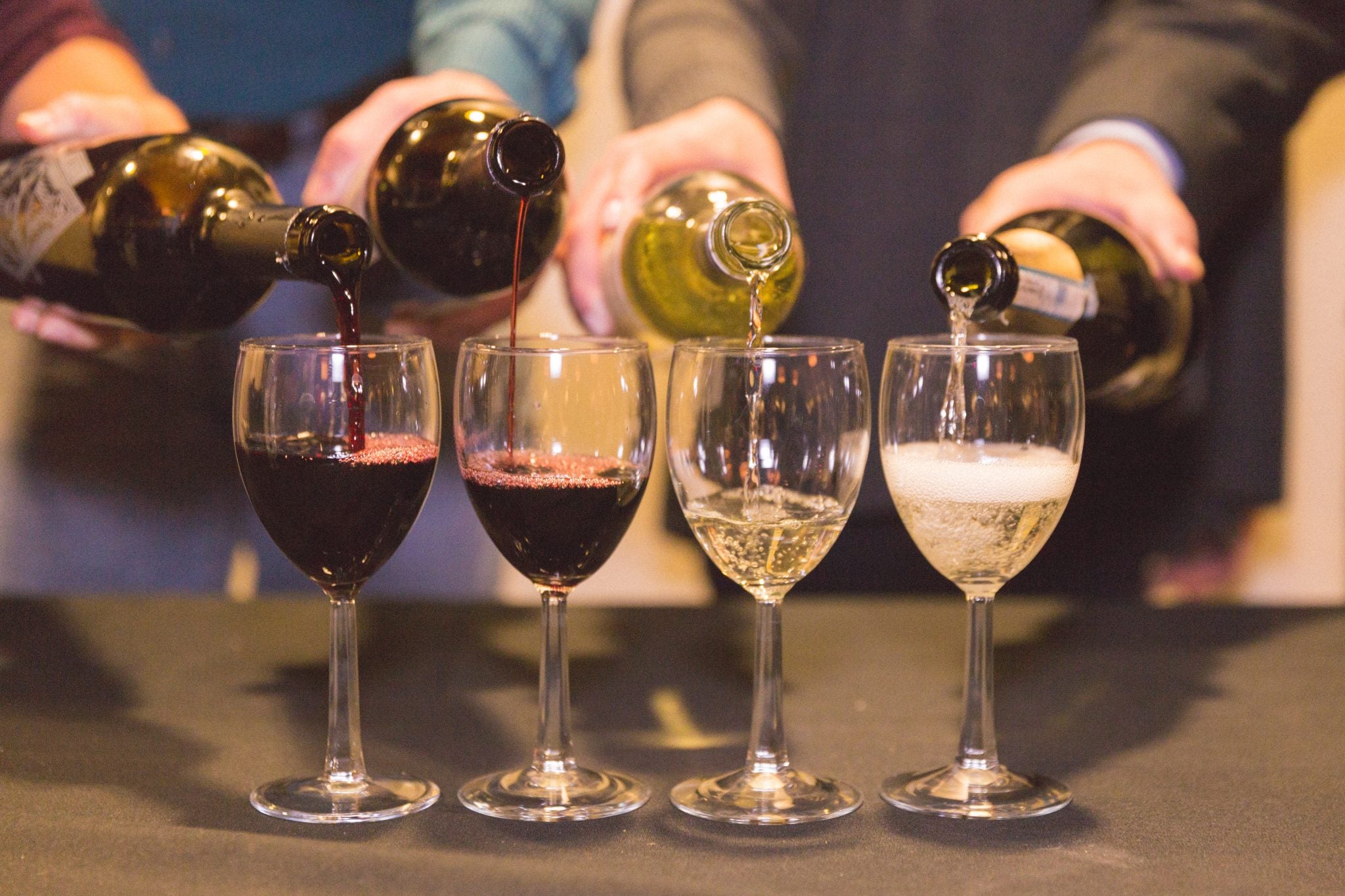The last weekend in March found me flying from Luton to Cluj Napoca on WhizzAir to attend a wine fair that was held in the National Art Gallery on the city’s centre square and to give a Masterclass on the 10 wines that had impressed me most.
Romania occupies the same latitude as France and grapes have been grown here for more than 6,000 years. A local legend says that Dionysus, the Greek god of wine, was born in Thracia – or Dacia as the Romans called it. The well-established wine culture at that time gave the country its proud name of Dacia Felix (Happy Dacia). But the popularity of wine attracted unwanted invasions from various tribes – to such an extent that the Dacian King Burebista ordered the destruction of all its vineyards in the 1stcentury BC. Fortunately for us, today they are back and producing really good wine.
International and local wine varieties are thriving in Romania due to the Continental climate (warm summers, cold winters), the moderating influence of the Black Sea, and the barrier to cold weather systems from the north that are naturally created by the Carpathian Mountains. The local whites (for me, very much in the style of those from the Veneto region or Slovenia passing through Austria), are: Fetească Albă (the White Maiden), Fetească Regală, Grasă de Cotnari, Tămâioasă Românească for aromatic wines, and Sarbă, a cross between this and Riesling for more acidity. The reds are: Fetească Neagră (the Black Maiden), Novac (a cross between Negru Vârtos and Georgia’s Saperavi), and Băbească Neagră. The names of these grapes will appear on the labels, showing that varietal labelling is alive and well in Romania.
‘Foreign’ grapes are widely planted. All the usual suspects are there, as the climate and soil are welcoming. The producers are passionate about what they make and the atmosphere at the fair and Masterclass was upbeat. Sadly, only a few of these wines come into the UK –thanks to Novitas Wines (novitaswines.co.uk) – but these are very well worth tracking down. Steven Spurrier




